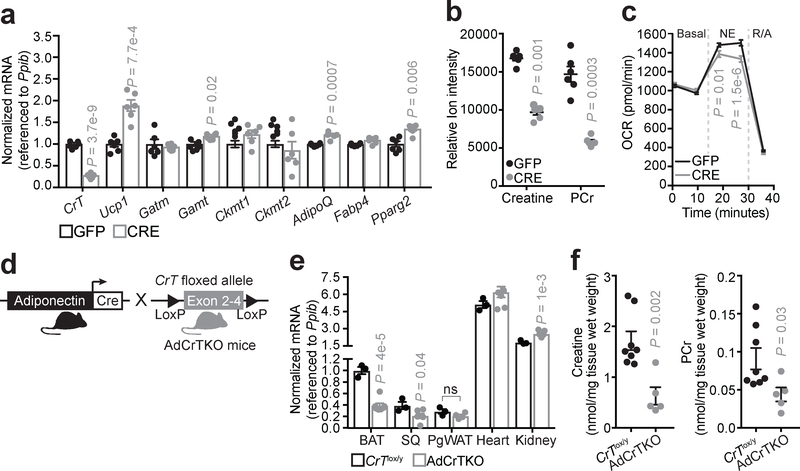Fig. 1 |. Inactivation of creatine transport depletes creatine abundance in adipocytes.
a, RT-qPCR of primary brown adipocytes (genotype: CrTlox/y) following adenoviral-mediated infection with GFP or Cre recombinase (GFP, n = 6; CRE, n = 6). b, LC-MS analysis of creatine and phosphocreatine (PCr) levels after GFP or CRE adenoviral infection of CrTlox/y primary brown adipocytes (GFP, n = 6; CRE, n = 6). c, Oxygen consumption rate (OCR) of GFP- or CRE-infected primary brown adipocytes (genotype: CrTlox/y) (GFP, n = 17; CRE, n = 19). Norepinephrine (NE) was added acutely at a final concentration of 100 nM. Rotenone and Antimycin A (R/A) were used each at a final concentration of 3 μM to inhibit mitochondrial respiration. d, Cartoon of breeding strategy to generate adipose-specific CrT knockout mice (AdCrTKO). e, RT-qPCR of CrT mRNA from various tissues of CrTlox/y and AdCrTKO animals. Brown adipose tissue (BAT, CrTlox/y, n = 3; AdCrTKO, n = 7), subcutaneous adipose tissue (SQ, CrTlox/y, n = 3; AdCrTKO, n = 6), perigonadal white adipose tissue (PgWAT, CrTlox/y, n = 3; AdCrTKO, n = 4), Heart (CrTlox/y, n = 3; AdCrTKO, n = 7) and Kidney (CrTlox/y, n = 3; AdCrTKO, n = 7). f, NMR analysis of BAT creatine and PCr levels (CrTlox/y, n = 8; AdCrTKO, n = 5). Data are presented as mean ± s.e.m. of biologically independent samples. Two-tailed Student’s t-test (a-c, e, f).

